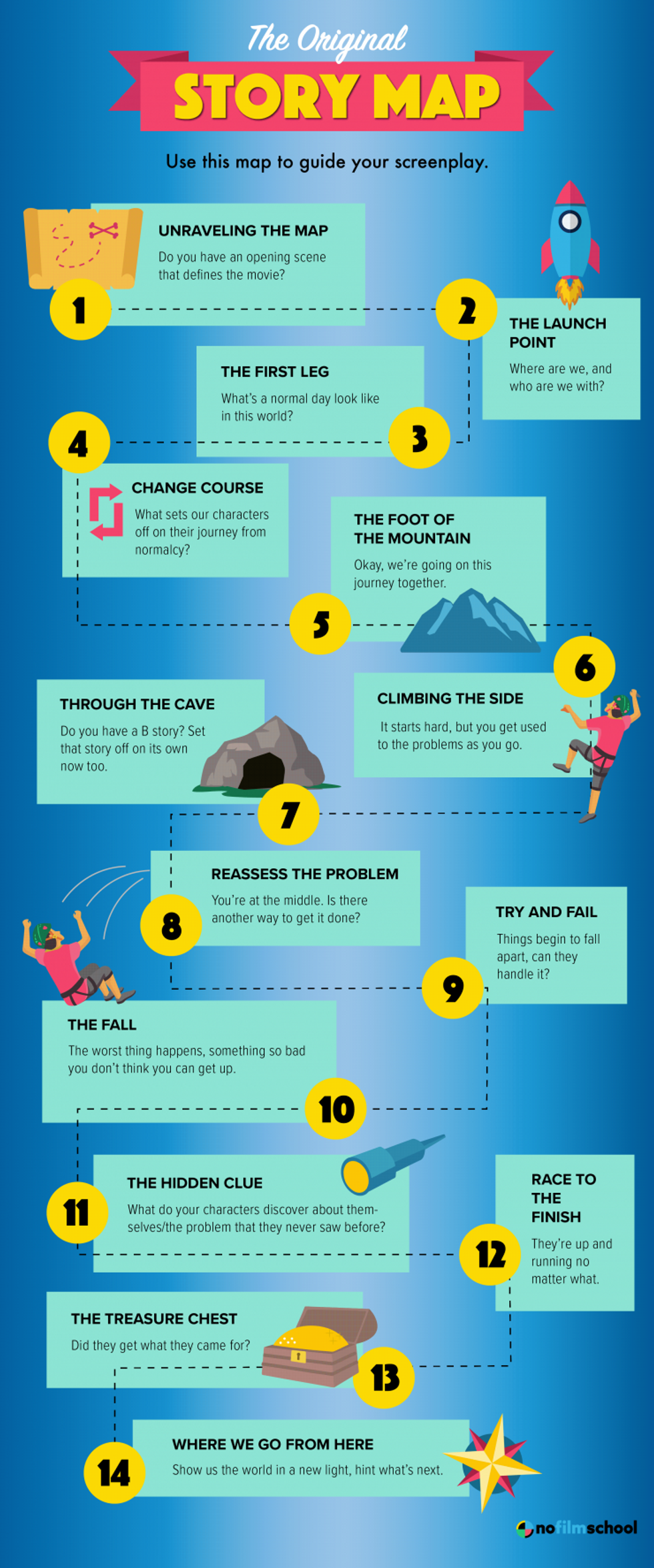How Do Professional Screenwriters Outline Their Projects?
What does a professional screenwriter's outline look like? And how can you emulate them?

One of the most common problems we hear from writers is that they get lost in the second act. The second act is so hard to write because you need to move the story forward while also developing new things about the character.
So, how can you avoid this madness and proceed forward like a professional writer?
One word: Outline.
This video from Behind the Curtain explains how the pros go about outlining their scripts, so get ready for some notetaking, and let's talk after the jump.
How do Professional Screenwriters Outline Their Projects?
It's both deeply satisfying and kind of intimidating to hear about how the pros do things, but as a professional on the D-list, I think outlining has made me a better writer. It forces you to break the story in new and exciting ways.
And it keeps you honest.
You have to see what happens not just at the beginning and end, but also in the middle.
As Vince Gilligan says, writing is structure. You need to figure out what happens outside of snappy dialogue. You need to hit the beats to make what you're writing an emotional journey.
When it comes to outlining, Tarantino just tries to follow his characters. What makes life hard on them? What genre matters. He likes to follow genre beats and subvert when he can in order to keep the audience engaged.
His outlines evolve from there.
As you all know, I use the story map when I'm coming up with a new project. I try to find those major beats and then fill the rest in as I go. This makes sure I keep my head out of my ass when I'm entering act two.
You can see it used in more detail in our free screenwriting eBook.
Paul Thomas Anderson is similar to Tarantino.
He comes up with scenes first and spread them around. Then tackles them individually, seeing if he can link them together until a story happens.
Alex Garland loves a beat sheet. He makes that first, then writes his script above the beat sheet in the same screenwriting software. that way his script is getting longer and then his outline is getting shorter.
Greta Gerwig hates outlining. So does Sorkin.
To each their own.
But both of them say they imagine the movie from beginning to end. Gerwig likes to just let ideas take her through the pages. That terrifies me but her scripts all turn out amazing so who am I to judge?
Rian Johnson draws his arcs in notebooks, one for each character, and then once he sees everything from 10,000 feet he can tackle individually. That feels more my style, mostly because I am a big fan of doodling the story beats and then putting them together in a document.
Michael Arndt does a very detailed outline. He chases each scene and even puts every setting in so he knows where we are and at what time. There's a rhythm to the day and night, but also to who is feeling what at each moment.
You can see what's too long or what little scenes you can add.
Then afterward he drops in the dialogue to see what's missing.
He also does a sequence outline, breaking down each act into 2-4 sequences and laying them out that way.
Every writer has a different process. And a different way to outline.
There are no rules in screenwriting, but I think outlining is incredibly important, especially for beginning writers, so they finish their first draft.
Up Next: Use our Screenplay Outline to Jumpstart your Work!
Screenplay outlines are a tool to get your idea onto the page. Are you lost in your screenplay? Get a story map and learn how to outline a script!
Keep reading.
Source: Behind the Curtain












